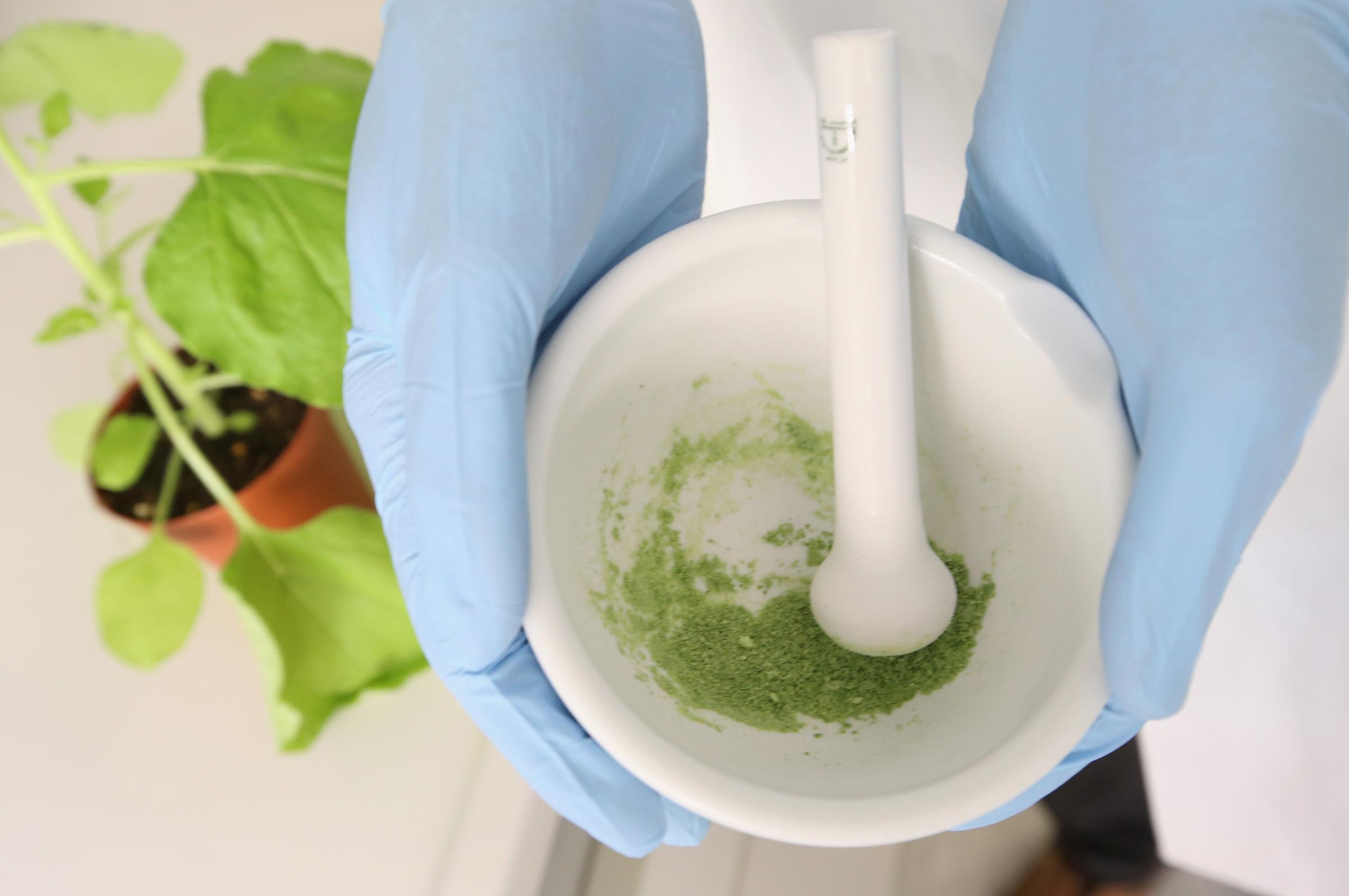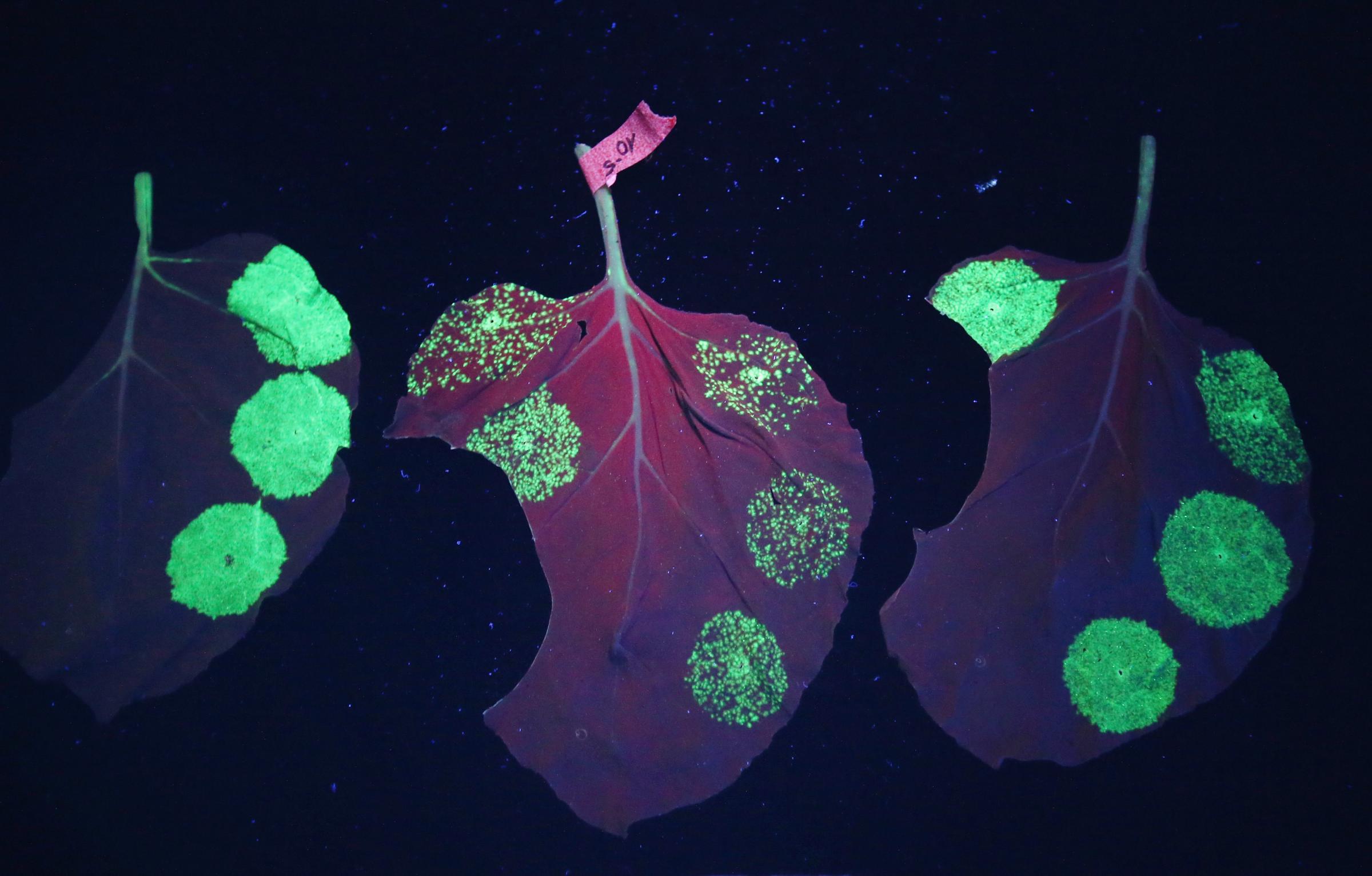Dr. Craig Spencer, 33, of New York was diagnosed with Ebola Thursday night after he was isolated at Bellevue Hospital. Before he was rushed to Bellevue in Manhattan earlier Thursday afternoon, the Medecins Sans Frontiers (MSF) MD took a subway to Brooklyn on Wednesday night where he spent a few hours at a bowling alley, and then took an Uber car back home. Health officials say that he was not symptomatic—and therefore not contagious—at the time. The next morning, he took his temperature and reported that it was 103F, and immediately reported it to MSF, which then notified the state and city health departments. (New York Gov. Andrew Cuomo said Friday morning the doctor’s temperature had been 100.3F, not 103F as previously reported.)
The diagnosis has raised concerns about how quickly Ebola could spread in a city as densely packed and populated as New York. But in a late night press conference, the mayor and governor of New York, as well as the city and state health commissioners were quick to assure the public that New York was prepared for such a case, and that everything had gone according to plan in identifying, isolating and bringing Spencer to Bellevue. “We are as ready as one could be for this circumstance,” said Cuomo. “What happened in Dallas was the exact opposite. Dallas unfortunately was caught before they could really prepare, before they knew what they were dealing with. We had the advantage of learning from the Dallas experience.”
President Barack Obama meanwhile spoke on the phone Thursday night with Cuomo and, separately, with New York City Mayor Bill de Blasio, offering any additional federal support necessary in terms of patient care, the maintenance of safety protocols for healthcare workers, and the identifying of any of Spencer’s contacts who might be at risk of exposure.
The public has been assured that riders of the subway, and even residents of Spencer’s apartment building, are at very low risk of getting infected. “There is no reason for New Yorkers to be alarmed,” said de Blasio. “Ebola is an extremely hard disease to contract.”
As sobering as the Dallas experience was for that city, widespread cases in New York are unlikely, they said, because Spencer was asymptomatic when he was in public places, and because Ebola is only spread from person-to-person when two conditions are met.
First, the infected person must be symptomatic, meaning he has a fever, is feeling nauseous, has a headache or is otherwise feeling ill; and there must be direct contact with his body fluids — saliva, sweat, blood, urine, vomit or feces — at this time with another person’s mucous membranes such as in the eyes, nose or mouth, or with an open wound.
City health commissioner Dr. Mary Travis Bassett said that Spencer had gone for a three mile jog, and that the night he visited the bowling alley, also strolled along an outdoor area in downtown Manhattan where he ate at a restaurant. He was taking his temperature twice a day since leaving from Guinea on Oct. 14 and did not have a fever until the morning of Oct. 23, the night after he visited the bowling alley and after his other excursions. Bassett said that since Spencer was a doctor and fully aware of his risk of having been infected with Ebola, he had been limiting his contact with others since arriving back in the U.S. once Oct. 17.
And because Spencer was alone in his apartment when he began feeling ill, with a fever and some gastrointestinal problems, the number of people who may have had direct contact with him when he started becoming contagious is small. New York City health officials said on Thursday that Spencer’s fiancee was in isolation at a hospital, two of his friends and the driver of the Uber car he rode were being monitored.
On Thursday night, Uber issued a statement saying they had confirmed with both CDC and New York health officials that “neither our driver partner nor any of his subsequent passengers are at risk.” The statement added, “Our thoughts are with the patient and his loved ones.”
Spencer’s apartment is cordoned off, and officials will likely sterilize or incinerate all of its contents, as they did with the apartment in which Dallas Ebola patient Thomas Eric Duncan lived, and with the apartment of Nina Pham, one of the nurses whom Duncan infected.
New York State has designated eight hospitals to care for Ebola patients, including Bellevue. While all 200 are prepared to isolate and initially handle anyone who might come in with suspected Ebola, if they test positive they will be transferred to one of the eight hospitals that are designed to treat patients with staff that has drilled in the proper protocols for protective equipment and handling and removal of waste. At Bellevue, for example, the lab for testing blood samples is contained within the isolation unit so samples from infected patients are not mingled with those of other patients.
Given the mistakes made in Dallas, in which one patient infected with Ebola transmitted the virus to two health care workers, New York City is on alert. However, in a press conference late Thursday night, Mayor Bill de Blasio assured the city that Bellevue had been drilling for this possibility for months.
See The Tobacco Leaves That Could Cure Ebola






—With additional reporting by Zeke Miller
More Must-Reads from TIME
- Donald Trump Is TIME's 2024 Person of the Year
- Why We Chose Trump as Person of the Year
- Is Intermittent Fasting Good or Bad for You?
- The 100 Must-Read Books of 2024
- The 20 Best Christmas TV Episodes
- Column: If Optimism Feels Ridiculous Now, Try Hope
- The Future of Climate Action Is Trade Policy
- Merle Bombardieri Is Helping People Make the Baby Decision
Contact us at letters@time.com